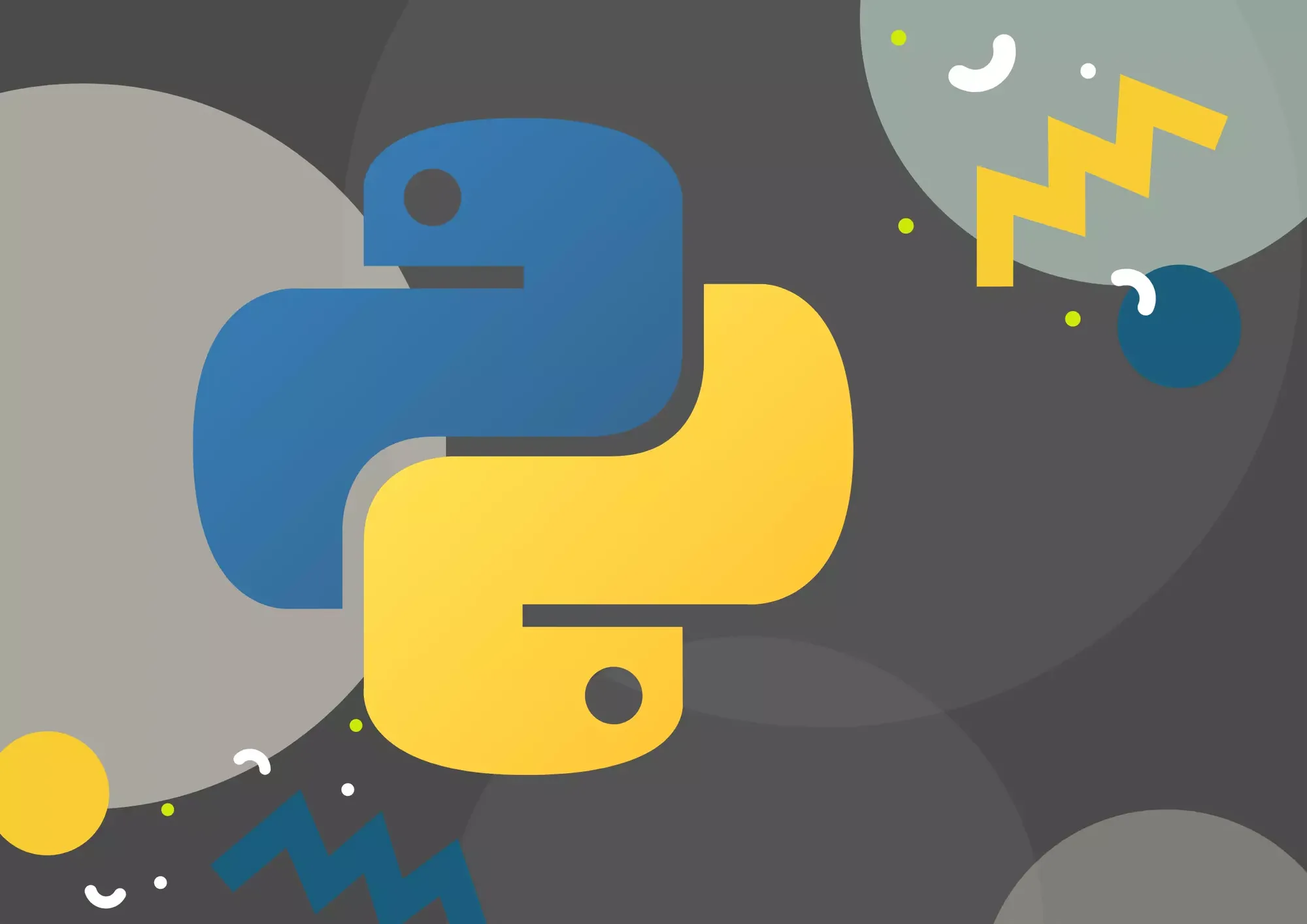How To Install PIP On MacOS, Windows & Linux
Pip is a standard package manager for installing and maintaining Python packages. A variety of built-in functions and packages are included in the Python standard library, but some non-standard ones need to be downloaded and pip can help you do just that.
Related: How to upgrade pip in Windows, MacOS & Linux

Before You Begin: Check if PIP is Already Installed On Your System
Sometimes pip comes auto-installed in your system, depending on how you installed Python or your working environment. One way to check if pip is already installed in your system is by opening your terminal or command prompt and typing the following command:
> pip helpIf pip doesn't exist, your terminal will throw an error. You can then continue on with the following steps to install it on your system.
How To Install PIP
There are two main methods that are supported directly by the maintainers of pip.
1. ensurepip
If you have python installed in your system, you've already got the means to install pip directly from the command line. Python ships with ensurepip, a package that can be used to install pip into an existing Python installation or virtual environment. Use the commands listed below to install pip based on your operating system.
Linux
> python -m ensurepip --upgradeMac
> python -m ensurepip --upgradeWindows
> py -m ensurepip --upgradeThat's all it takes folks! Using these commands you should have pip installed in your system in no time. If you want to know more about what ensurepip is and how it works, you can read the official docs.
2. get-pip.py
The other method supported by the maintainers of pip is a script that you can run on your system.
- First, download the official script.
- Open the terminal or command prompt on your system and navigate (
cd) to the directory in which you downloaded the script. - Then, run the following commands (depending on your system) to install
pip.
Linux
> python get-pip.pyMacOS
> python get-pip.pyWindows
> py get-pip.pyThat's all! You may use pip to install and manage any additional packages found on PyPI. You may utilize other developers' packages as prerequisites and focus on the programming that makes your project distinctive.

